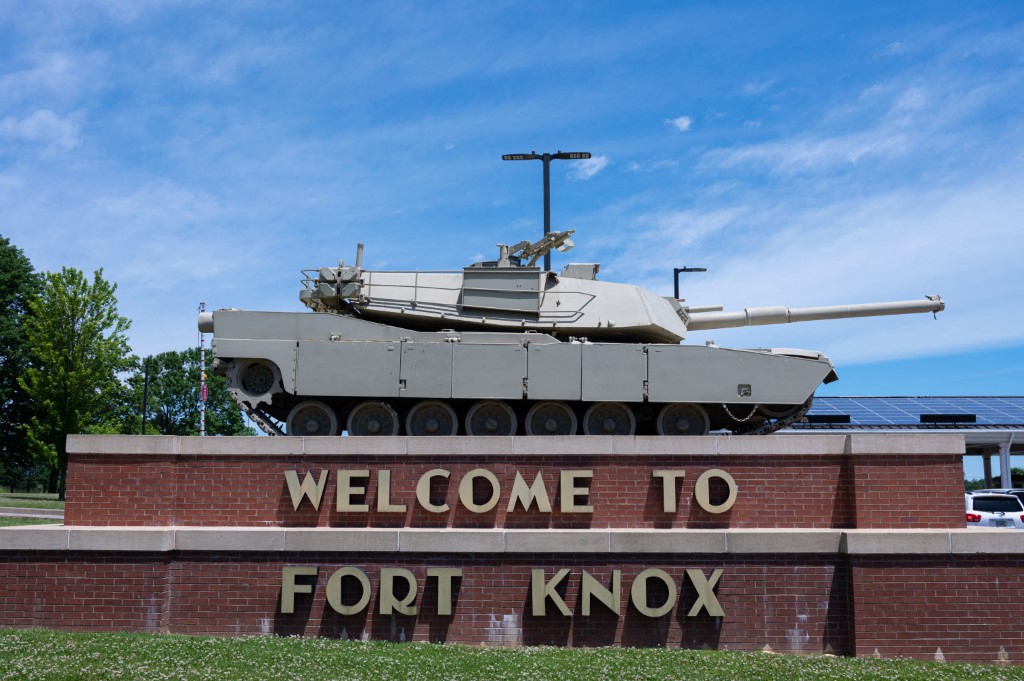In the heart of Kentucky, in a small town called Fort Knox, lies one of the most mysterious and heavily guarded places in the world: the United States Bullion Depository. This fortified building is not merely a gold warehouse, but a symbol of America’s economic might and financial prestige. Surrounded by impenetrable security, some have likened it to an indestructible fortress.
The Fort Knox depository was established in 1936, during the presidency of Franklin D. Roosevelt, after the U.S. government decided to relocate its gold reserves to a safer location amid mounting international tensions on the eve of World War II. According to official estimates, the vault today contains more than 4,500 tons of gold—around 147 million troy ounces—valued in the hundreds of billions of dollars. This represents nearly half of all U.S.-owned gold reserves.
What makes Fort Knox truly fascinating, however, is not just the staggering volume of gold but the veil of secrecy that surrounds it. Access is restricted to a very limited number of individuals, while layers of security include massive steel gates weighing several tons, advanced surveillance systems, and protection from elite U.S. Army forces.
This shroud of mystery has fueled countless conspiracy theories. Some skeptics claim the gold no longer exists, alleging that the vault is empty and the government is hiding the truth. Others suggest the bullion has been sold off or replaced with fake bars. In 1974, a small group of congressmen and journalists was allowed a rare visit inside, but doubts persisted, largely due to the extreme rarity of such inspections.
Fort Knox has also left its mark on popular culture, especially in the world of cinema and fiction. Its most iconic appearance was in the 1964 James Bond classic Goldfinger, where the villain plots to contaminate the depository’s gold and render America’s reserves worthless. This cinematic portrayal cemented Fort Knox’s image as more than a building—it became a strategic symbol transcending mere wealth.
Beyond gold, the depository has at times safeguarded priceless national treasures during moments of crisis. During World War II, for instance, it reportedly sheltered the original Declaration of Independence and the U.S. Constitution, protecting them from potential attack.
Ultimately, Fort Knox remains a monument to the relationship between wealth and power. For many, it is more than just a vault. It is a living legend, its door perpetually sealed, its secrets buried deep, yet its place in collective memory remains untarnished.
Please post your comments on:
[email protected]
 Politics
Politics







